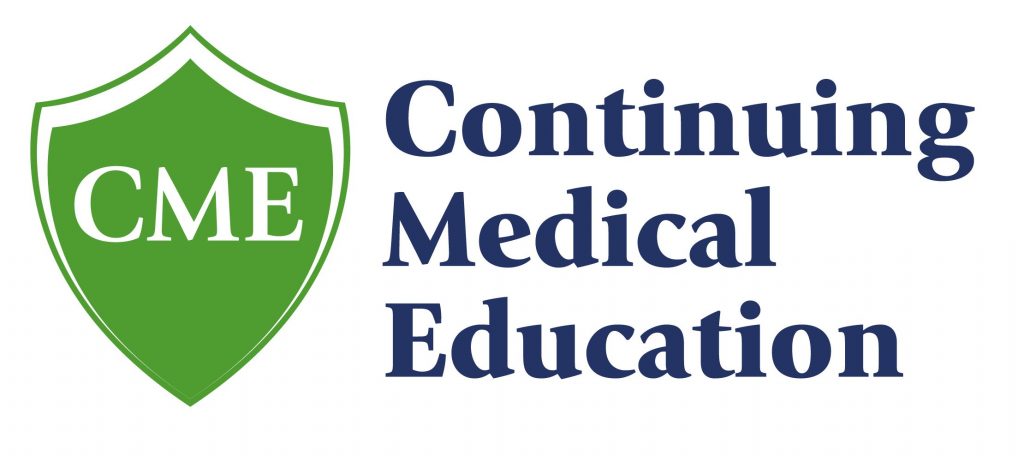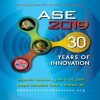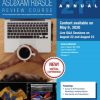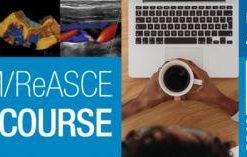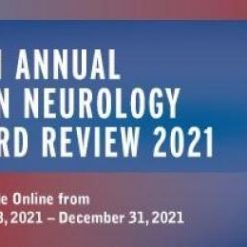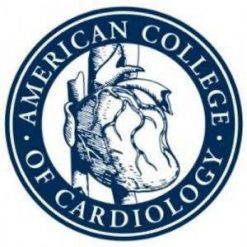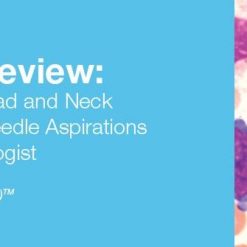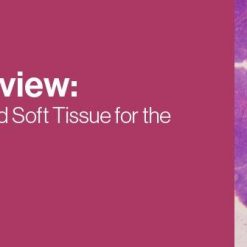ASE ASCeXAM/ReASCE Review Course: Virtual Experience 2020
$90
ASE ASCeXAM/ReASCE Review Course: Virtual Experience 2020
YOU WILL GET THE COURSE VIA LIFETIME DOWNLOAD LINK (FAST SPEED) AFTER PAYMENT
2020 ASCeXAM/ReASCE Review Course
After much consideration, the decision has been made to transition the live 2020 ASCeXAM/ReASCE Review Course to be offered online as a Virtual Experience.
This course will be available starting on Saturday, May 9 and will offer access to recordings and PDF slides of all scheduled presentations, including physics. This is not a live streamed event.
There will be a live Q&A webinar on Saturday, August 22 and Sunday, August 23, from 10:00 AM – 12:00 PM Eastern Time, where faculty will answer questions from registrants. Questions can be submitted in advance using a form that will be emailed to all registrants when the recordings are available. Faculty will also answer questions submitted live during the event. The live Q&A sessions will be recorded and available to registrants in the virtual library that you will have access to for three years.
ASE has specifically designed the ASCeXAM/ReASCE Review Course as a preparatory course for the National Board of Echocardiography, Inc.TM (NBE) ASCeXAM® and ReASCE® examinations. Lectures given will emphasize illustrative cases and as such will not be “canned talks” from other cardiovascular ultrasound courses. This review course will cover all aspects of cardiovascular ultrasound essential to these examinations, including physics, valvular heart disease, ischemic heart disease, congenital heart disease, and new technologies. The expert faculty will use case studies, lectures and interactive sessions to help prepare the attendee for the ASCeXAM® or ReASCE® examinations. The Review Course has been designed with the computer-based examination administration in mind.
Learning Objectives
Upon completion of this course, participants should be better able to:
- Explain the essential physical principles of cardiac ultrasound.
- Recognize common ultrasound artifacts and their genesis.
- Estimate systolic function using standard M-mode and 2D echocardiography, as well as newer modalities such as strain imaging and 3D echocardiography.
- Identify and quantitate valvular heart disease severity.
- Describe the application of Doppler in the assessment of hemodynamics and diastolic function.
- Perform clinically relevant calculations of valve areas and intracardiac pressures.
- Explain proven techniques for interpreting stress echocardiographic examinations.
- Differentiate features of cardiac tamponade, constrictive pericarditis and restrictive cardiomyopathy.
- List appropriate applications of echocardiography.
- Recognize newer applications of echocardiography such as myocardial contrast.
Topics And Speakers:
Course Director
Vera H. Rigolin, MD, FASE
Past President, American Society of Echocardiography
Northwestern Medicine
Chicago, IL
Expert Faculty
Karima Addetia, MD
University of Chicago Medical Center
Chicago, IL
Gerard P. Aurigemma, MD, FASE
University of Massachusetts Medical School
Worcester, MA
Benjamin W. Eidem, MD, FASE
Mayo Clinic
Rochester, MN
Martin G. Keane, MD, FASE
Lewis Katz School of Medicine at
Temple University
Philadelphia, PA
Steven J. Lester, MD, FASE
Mayo Clinic
Scottsdale, AZ
Rehka Mankad, MD, FASE
Mayo Clinic
Rochester, MN
Sunil V. Mankad, MD, FASE
Mayo Clinic
Rochester, MN
Akhil Narang, MD
Northwestern Medicine
Chicago, IL
Pravin Patil, MD, FASE
Mayo Clinic
Jacksonville, FL
Sabrina D. Phillips, MD, FASE
Mayo Clinic
Jacksonville, FL
Muhamed Saric, MD, PhD,FASE
New York University
New York, NY
Partho P. Sengupta, MBBS, MD,DM, FASE
West Virginia University Healthcare
Morgantown, WV
